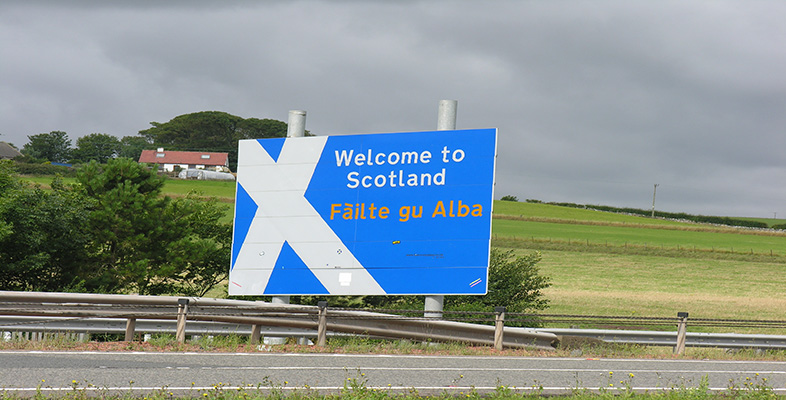5.4 How to learn Gaelic
The most common, and by far the most effective, method of acquiring a language is when it is learned by children in the home and developed in the community. This still happens in Gaelic, although not as much as in the past.
The other methods of learning languages can be divided into two broad categories, although there is a good deal of overlap between them. These are:
- form-led learning, where the emphasis is on teaching the basic grammar of the language, usually in a school or evening class setting
- meaning-led learning, where the focus is on using the language for practical purposes while learning it, as happens in immersion education (either in classes or in a less structured way in the community when one moves to a new country).
Experience world-wide has shown that the second of these approaches brings learners more quickly to the level of communicative competence – chiefly because the ‘total immersion’ process creates a powerful incentive to learn the language – but that this can sometimes be at the expense of grammatical correctness.
Form-led learning, often referred to as second-language teaching, can also be effective, especially with students with an aptitude for language, but the proportion achieving communicative competence is usually much lower than for immersion and it tends to take longer.
All the courses described in the sections that follow lie somewhere on this spectrum.
